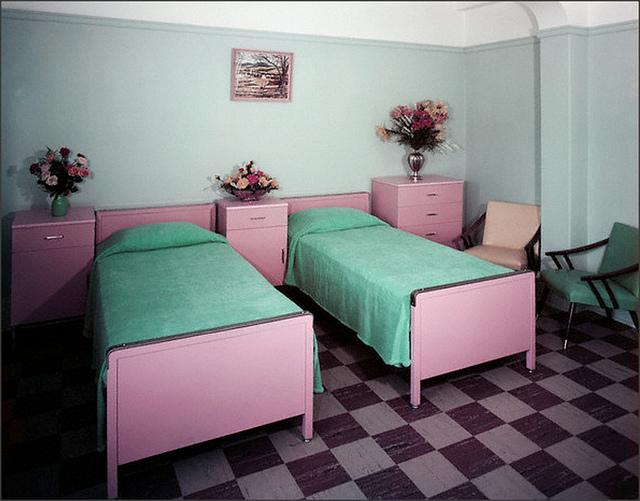
The aging population is living longer than ever, and this means that more older adults are moving into long-term care facilities like nursing homes. Nursing homes also have become more racially and ethnically diverse over the past ten years. All these changes raise new questions about quality of life and inequality in an aging America. UMN Associate Professor of Public Health Tetyana Shippee and colleagues use Minnesota as a case study and find that many of the inequities and frustrations of nursing home life appear to be tied to race.
In their study, Shippee and colleagues look at two levels of data: surveys of individual residents attitudes about food enjoyment, environment, personal attention, engagement, and positive/negative moods (what they call quality of life or QOL, for short), and institutional reports on nursing home facilities from the Minnesota Department of Human Services. On the QOL indicators, the researchers find that for every category except facility environment, non-white residents report significantly lower satisfaction than white residents. Once facility-level data are considered, however, the authors determine these differences are more likely to come from the racial composition of nursing homes, rather than biased treatment of individuals. Residents who live in predominantly white nursing homes have higher quality of life scores than residents in more racially diverse facilities.
Why is this? Why do nursing homes with more white residents provide better quality of life? Part of the answer lies in differences in financial resources to access quality facilities and services. While the state of Minnesota requires that all nursing homes residents receive the same baseline level of care, residents can pay for a variety of upgrades like private rooms. Nearly all the residents in predominantly non-white facilities rely on Medicaid, meaning that fewer can pay extra money for additional staffing and amenities. Furthermore, many wealthier white Minnesotans opt for more expensive, privatized assisted-living facilities—a kind of “white flight” from nursing homes in poorer metro communities. Among other things, this research provides yet another example of how the wealth inequalities associated with race in the United States operate across the entire life course.
Photo credit: 1950sUnlimited, Flickr CC

